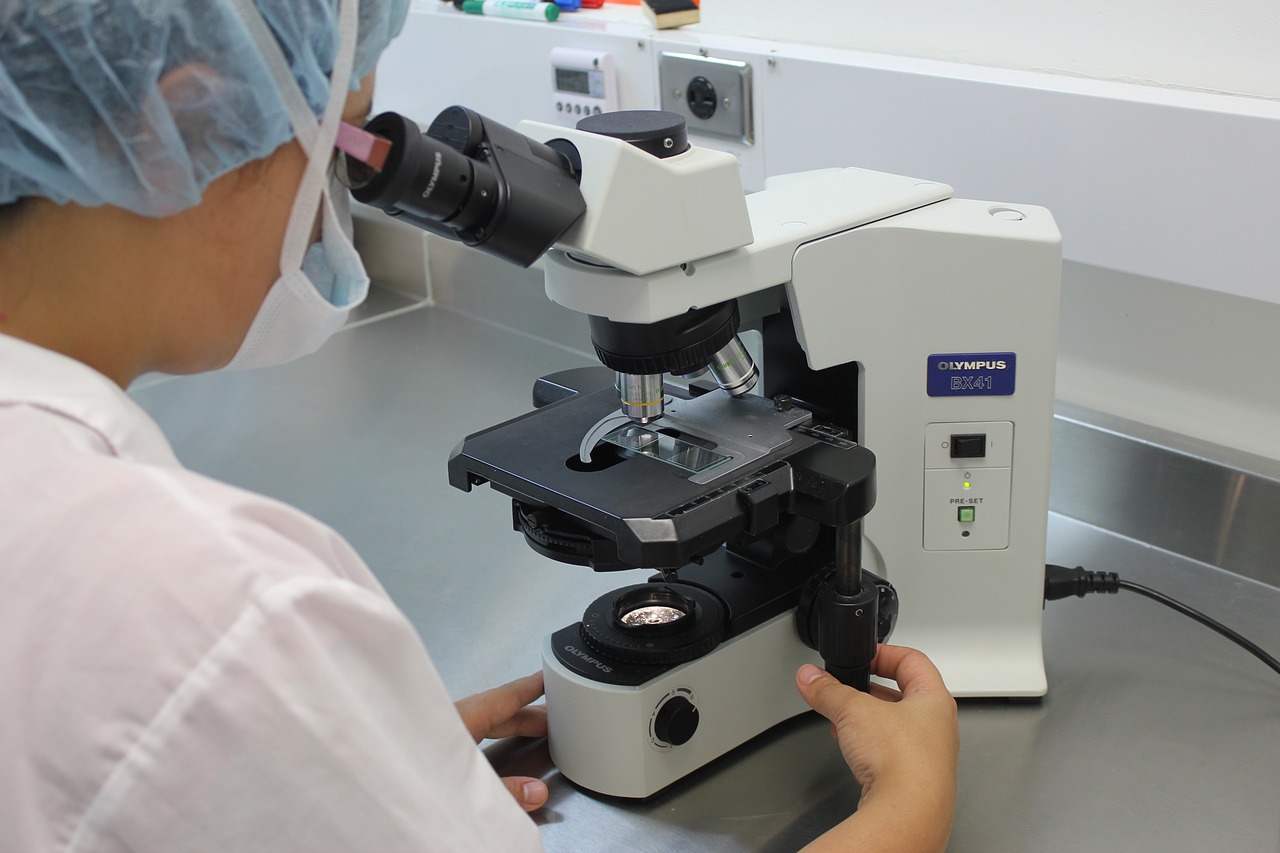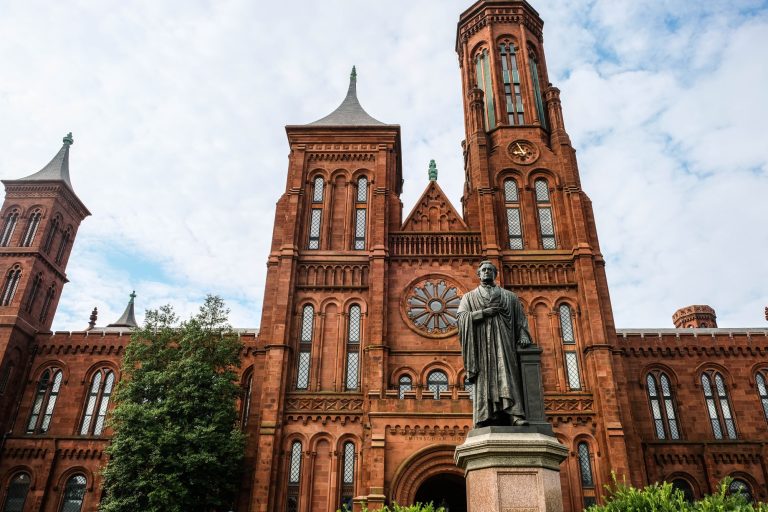The Real Saint Patrick

“This fellow persuades men to worship God contrary to the law.” [Acts 18:13]
Typically on March 17, people all over the world join the Irish to celebrate Saint Patrick’s Day. Cities like New York and Boston have large parades baptized in shamrocks, leprechauns, and the color green. Chicago will even dye its river green. Sadly there is far more myth than fact taught about this great man of God called Saint Patrick.
For starters, this patron saint of Ireland was not even Irish, but English. St. Patrick, whose real name was Maewyn Succat, was born in Roman Britain, around A.D. 389. He was captured by raiders when he was about 16 and conveyed to Ireland, where he was sold as a slave to care for pigs and sheep. While in captivity, like the prodigal son, he surrendered his heart to Christ. After six years he escaped slavery and returned back to his homeland. But a few years later he distinctly heard God call him to return to Ireland as a missionary to convert his former captors to Christianity. After he became a minister he took on the name Patrick, or Patricus, which means father of the people.
A popular legend has it that St. Patrick drove all the snakes from Ireland. It’s true that, aside from zoos and pets, there are no snakes on the Emerald Isle. That’s because there never were any snakes in Ireland. This has more to do with the island’s 700-foot chalky cliffs on Ireland’s west coast more than any miracles performed by St. Patrick. This tale may have arisen as a metaphor of his single-handed effort to drive the idol-worshiping Druid cult out of Ireland.
Saint Patrick was not technically a saint because the Catholic Church never canonized him. Even though they built hundreds of churches that bear his name, Patrick was not even a Roman Catholic. He operated as an independent Christian and self-supporting missionary. March 17th is not even St. Patrick’s birthday but rather the day the old missionary died in his beloved Ireland. He had set free the land which once enslaved him.
It’s amazing how many fables have become connected with the work of this great missionary. But this is not the first time this has happened. The apostle Paul was accused repeatedly of things that were distortions of his true work. While in Corinth, Luke writes, “When Gallio was proconsul of Achaia, the Jews with one accord rose up against Paul and brought him to the judgment seat, saying, ‘This fellow persuades men to worship God contrary to the law’” (Acts 18:12,13). God’s people will continue to be misunderstood until Jesus comes.





